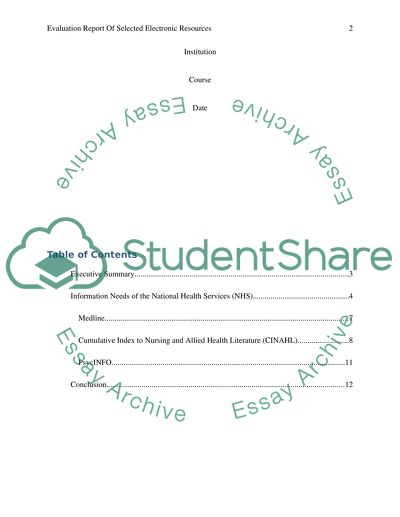Cite this document
(“Evaluation Report of Selected Electronic Resources Assignment”, n.d.)
Evaluation Report of Selected Electronic Resources Assignment. Retrieved from https://studentshare.org/literature/1455832-evaluation-report-of-selected-electronic-resources
Evaluation Report of Selected Electronic Resources Assignment. Retrieved from https://studentshare.org/literature/1455832-evaluation-report-of-selected-electronic-resources
(Evaluation Report of Selected Electronic Resources Assignment)
Evaluation Report of Selected Electronic Resources Assignment. https://studentshare.org/literature/1455832-evaluation-report-of-selected-electronic-resources.
Evaluation Report of Selected Electronic Resources Assignment. https://studentshare.org/literature/1455832-evaluation-report-of-selected-electronic-resources.
“Evaluation Report of Selected Electronic Resources Assignment”, n.d. https://studentshare.org/literature/1455832-evaluation-report-of-selected-electronic-resources.


